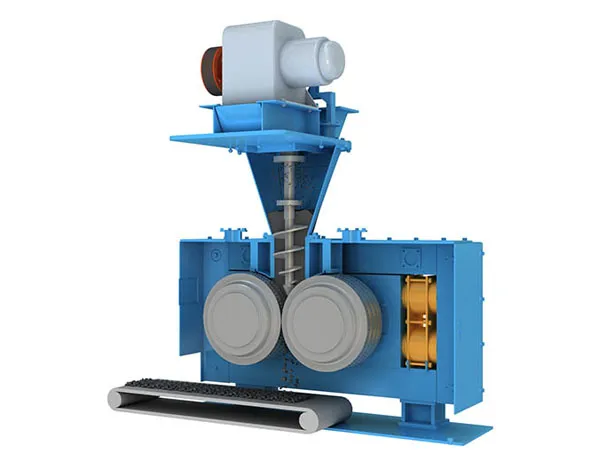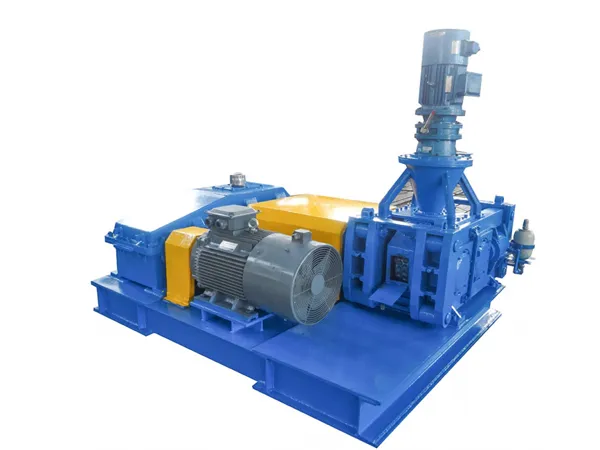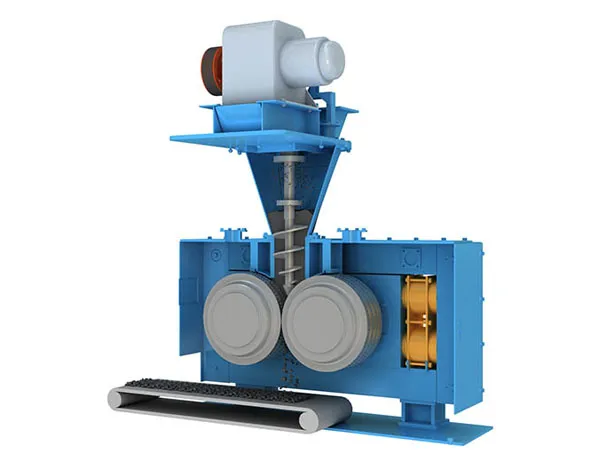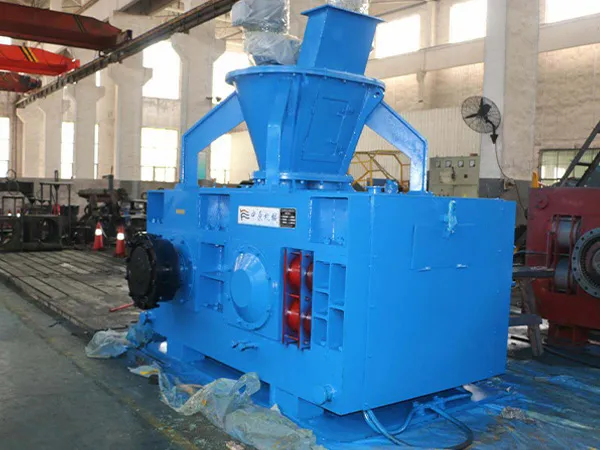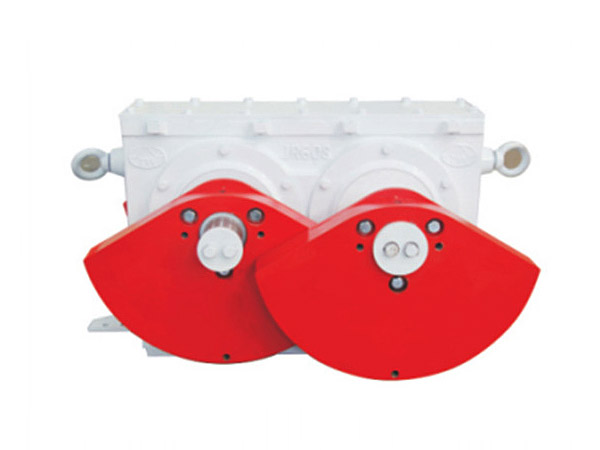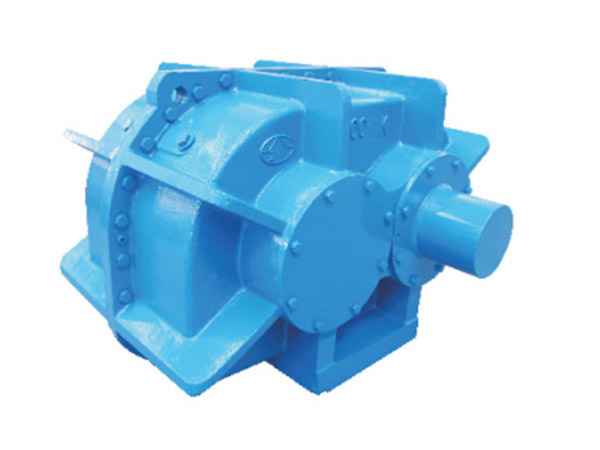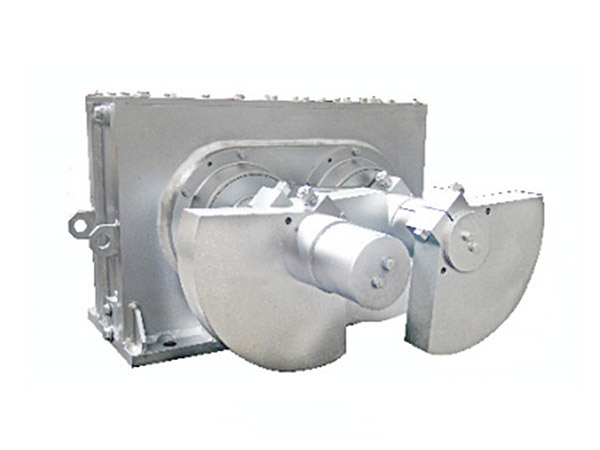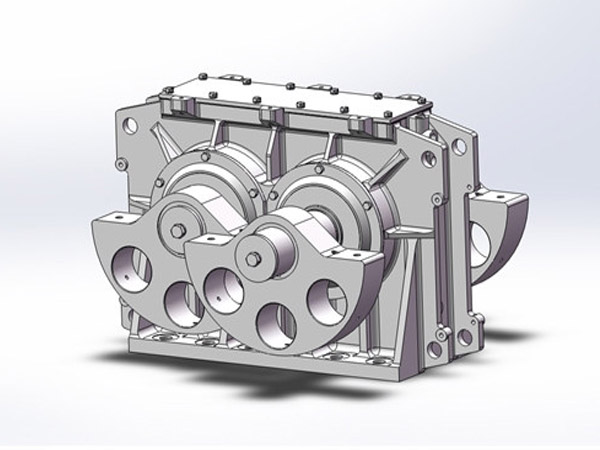In the steel, machinery manufacturing, automotive parts processing, and non-ferrous metal industries, large quantities of metal waste, such as steel shavings, aluminum shavings, and copper shavings, are generated during production. If this waste cannot be effectively recycled and processed, it not only occupies significant storage space but also increases transportation costs and reduces overall production efficiency. Metal briquetting machines, through high-pressure forming technology, compress loose metal waste into high-density briquettes, providing an efficient and economical solution for industrial recycling.
Metal Briquetting Machine Introduction
A metal briquetting machine is a specialized device for compressing various types of scrap metal materials, including steel shavings, aluminum shavings, copper shavings, and iron shavings. Through a hydraulic or mechanical compression system, loose waste is compressed into dense square or cylindrical blocks, facilitating storage, перевозка, and subsequent processing.
Ключевая особенность
High-Pressure Compression Capacity: Compression ratios can reach over 10:1, compressing large volumes of waste into smaller pieces, increasing storage density.
Multiple Operating Modes: Supports automatic, полуавтоматический, and manual operation to meet the needs of enterprises of different sizes.
Energy-saving and environmentally friendly: The high-efficiency hydraulic system reduces energy consumption while minimizing dust and noise during processing.
Highly durable: Key components are made of high-strength steel, ensuring continuous operation over extended periods.
Technical parameter example
| parameter | Miniature | medium-sized machine | Mainframe |
| давление | 50 тонны | 100 тонны | 200 тонны |
| Compression ratio | 8:1 | 10:1 | 12:1 |
| Compactor size | 300x300mm | 500x500mm | 700x700mm |
| Daily processing capacity | 1-2 тонны | 3-5 тонны | 6-10 тонны |
Benefits of Industrial Recycling
Reduced Storage Space
Scrap metal occupies a significant amount of warehouse space. Compacting the scrap metal with a briquetting machine reduces its volume, allowing for stacking and significantly improving warehouse utilization.
Increased Scrap Processing Efficiency
Compacted scrap metal has a uniform size, facilitating sorting, statistics, and handling. Companies can complete scrap processing and shipping faster, improving overall recycling efficiency.
Снижение транспортных расходов
Compacted metal blocks are small and dense, allowing for the loading of more scrap during transport, reducing transport frequency and costs, while also improving logistics safety.
Environmental Protection and Sustainable Development
Compacting scrap metal reduces land occupation and transportation energy consumption, while also reducing the accumulation of metal scrap in the natural environment, helping companies fulfill their environmental responsibilities.
Metal Briquetting Machine Operation Flow (Illustration)
Scrap Collection and Pre-treatment
Collect and pile the scrap metal, removing non-metallic impurities.
Feeding to the Briquetting Machine
Feed the scrap metal into the hopper according to the machine’s capacity.
Compression Molding
The hydraulic system is activated, and high pressure compresses the scrap metal into blocks, controlling the block size and density.
Discharge and Stacking: Briquetting is automatically or manually ejected and stacked in designated warehouses or transported directly.
Regular Maintenance and Cleaning: Hydraulic oil changes, machine body cleaning, and inspection of key components ensure long-term efficient operation of the equipment.
Case Studies and Practical Applications
Case 1: Automotive Parts Factory
A large automotive parts manufacturing company generates a large amount of steel and aluminum shavings daily. After using a medium-sized metal briquetting machine, storage space was reduced by 60%, transportation costs decreased by approximately 40%, and waste processing efficiency increased by over 50%.
…
For more detailed information on how metal briquetting machines can improve industrial recycling efficiency, пожалуйста, нажмите, чтобы посетить: https://www.zymining.com/en/a/news/how-can-metal-briquetting-machines-improve-industrial-recycling-efficiency.html

